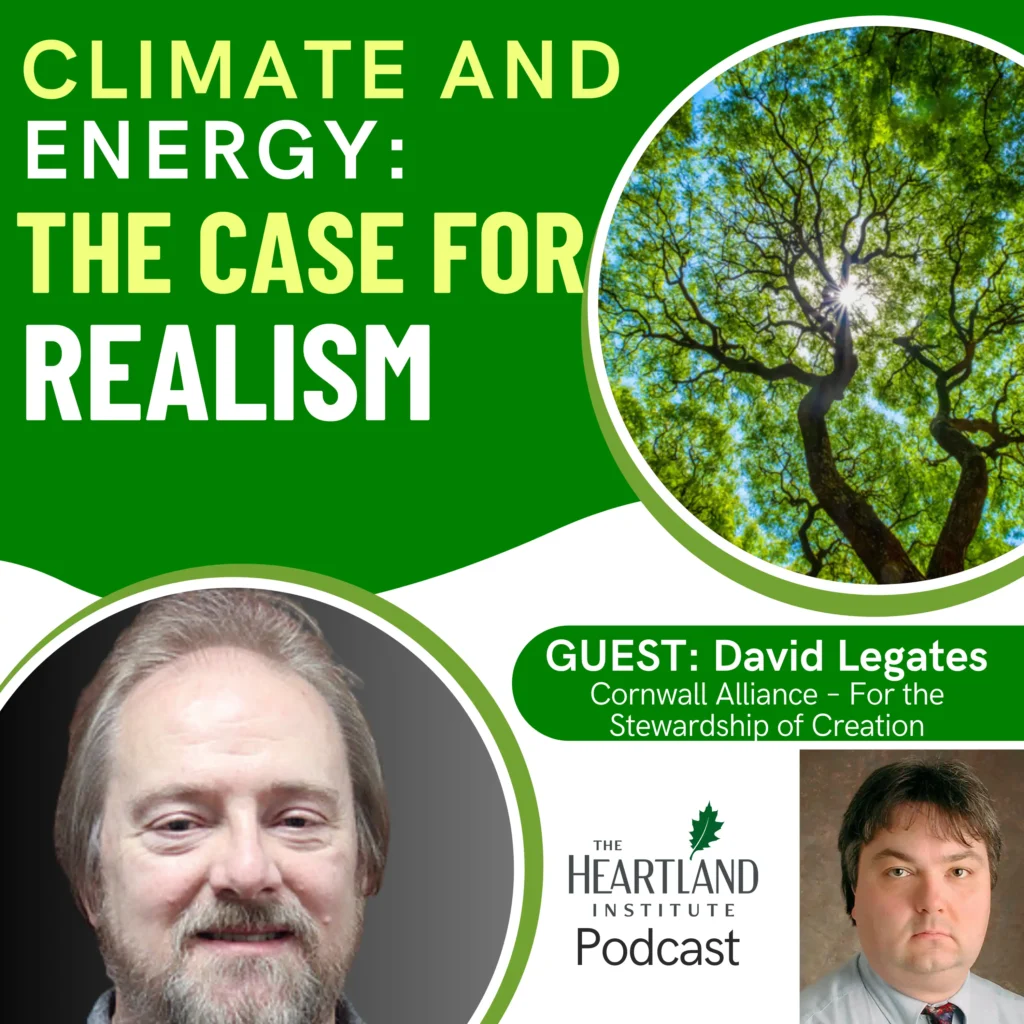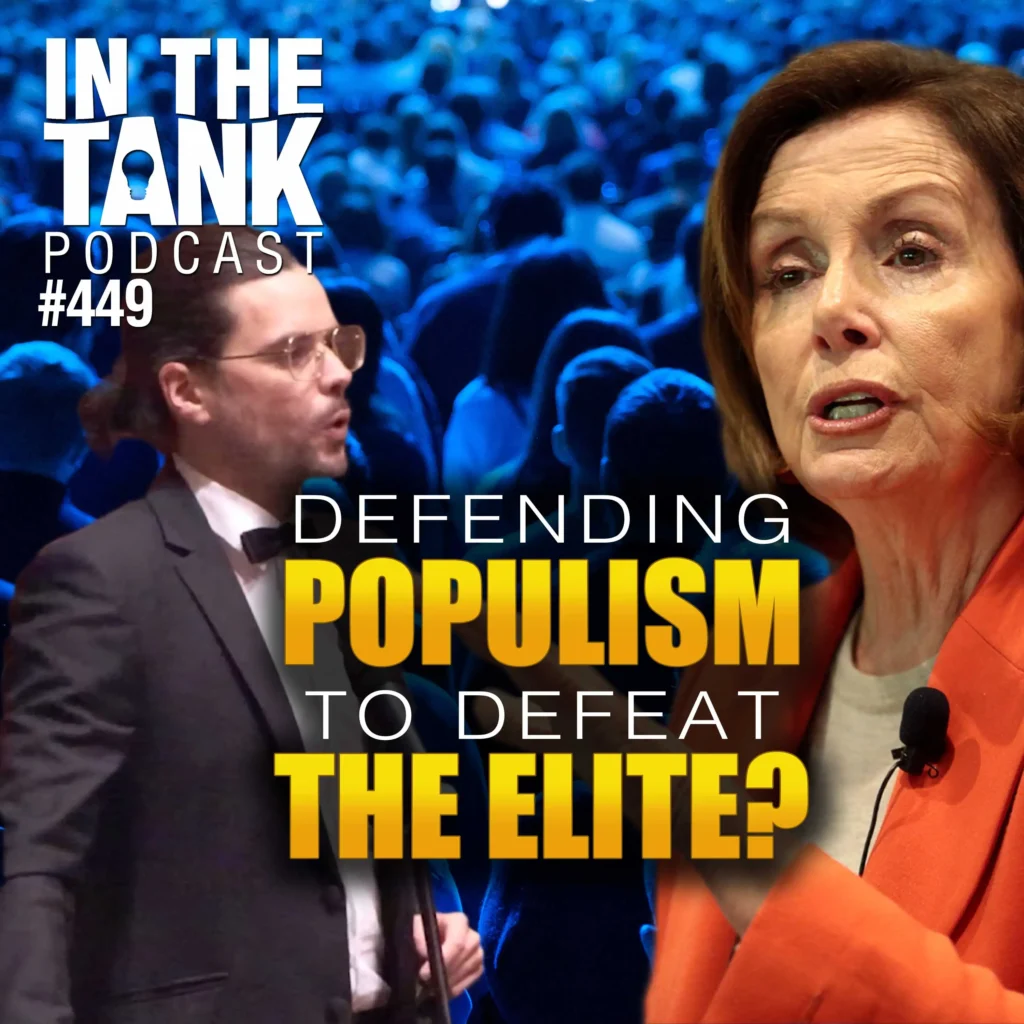Dr. Bernard Cohen is professor emeritus of physics and of environmental and occupational health at the University of Pittsburgh.
Cohen’s best-known scientific work has been in nuclear reactions and the structure of the atomic nucleus. Widely recognized as one of the world’s leading experts on nuclear energy and human health, Cohen has conducted research on such topics as the hazards of plutonium toxicity, risk analysis of radioactive wastes, radon in U.S. homes, perspective on risks in society, and health effects of low-level radiation.
His work has led to prestigious national awards, from the American Physical Society, Health Physics Society, and American Nuclear Society. He has published some 300 papers in scientific journals, is the author of six books, and has published roughly 75 papers in popular journals.
A popular speaker in his field, Cohen has presented about 650 invited talks in 47 states, six Canadian provinces, six Australian states, seven Japanese prefectures, and 24 other countries in Europe, Asia, and South America. He has conducted nearly 100 radio and 50 television appearances, including shows with Barbara Walters, William Buckley, Charlie Rose, Geraldo Rivera, and Rolanda.
Lehr: You are internationally known for your work in radiation, health, and physics. What do you consider your first significant research breakthrough?
Cohen: The early part of my career was devoted to experimental research in basic nuclear physics, a highly successful worldwide program that brought our understanding of how protons and neutrons behave in nuclei up to a par with our understanding of how electrons behave in atoms. For my contributions to this enterprise, I received the 1981 American Physical Society Bonner Prize, the only award for research in nuclear physics.
My best-known research in radiation and health was on:
- Hazards from plutonium toxicity–an extensive analysis of the total eventual consequences of plutonium dispersal (about 20 eventual deaths per pound dispersed in the most effective way);
- Probabilistic risk analysis of buried wastes from electricity generation–showing that coal burning wastes will cause thousands of times as many deaths as nuclear wastes;
- Risks in our society–showing that nuclear power risks are completely trivial in perspective with other risks we routinely accept, and showing society spends thousands of times more per death averted to avoid nuclear risks than to avoid others.
- Radon in homes–measurement techniques, surveying methods, correlations with house and occupant characteristics, geographical variations, and correlation with lung cancer mortality.
For this and other research I received the 1992 Health Physics Society Distinguished Scientific Achievement Award, the 1995 American Nuclear Society Walter Zinn Award, and the 1995 American Nuclear Society Special Award.
Lehr: How did America’s exaggerated fear of nuclear energy and radioactivity first develop, and how have the fires of fear been fanned over the past two decades?
Cohen: Nuclear power was going through an explosive growth period in the early 1970s. At the same time, environmental activism was developing, leading to the formation of numerous politically oriented environmental groups.
To compete for dues-paying members and financial support from foundations, these new environmental groups were looking for issues that would attract public interest. They focused on nuclear power, for several reasons:
- It was a new industry.
- It was an industry sponsored by very large corporations, an enemy the environmentalists were generally accusing of putting profits ahead of public safety, etc.
- It was related to fearful nuclear weapons.
- It was developed with very extensive analyses of potential environmental impacts, and those analyses were widely available in publications. All the environmentalists had to do was omit the fact that the impact analyses showed very small probabilities of environmental harm. The environmental groups reported dangers “may happen,” implying that they “will happen.”
Lehr: Who were the leaders of these environmental groups?
Cohen: The leaders were often veterans of the anti-Vietnam war protests looking for a new cause; they had developed good connections with the media. They had little interest in science, except as a tool for promoting their political goals. Ralph Nader united them into a well-coordinated political force to oppose nuclear power.
Lehr: Did the news media play a significant role?
Cohen: Yes. Like the environmental groups, the media found such issues as potential nuclear accidents and radiation exposures attractive to their audiences, and readily featured the materials supplied to them by these groups.
The great majority of scientists favor nuclear power, but they have little access to the media and thus have a difficult time getting their message to the public. Once an issue gets into the political arena, science inevitably takes a back seat, so the public is left misinformed.
In spite of all this, polls show that a sizable majority of the U.S. public favors nuclear power. Still, the opposition is far more vocal, and far more politically powerful.
Lehr: What has your research shown about the relationship between radiation and risks to human health?
Cohen: There is a great deal of accurate information on how high doses of radiation can cause cancer, from the Japanese A-bomb victims, from therapeutic uses of radiation in medicine, from occupational exposures, etc. But when it comes to radiation in the environment, and the risk that poses to human health, nearly all important questions involve very much lower doses.
To estimate the effects of low-level radiation, it was conventional to assume the risk is simply proportional to the dose, called the linear-no threshold (LNT) hypothesis. For example, the LNT hypothesis assumes that the risk from 1 unit of exposure is 1/1000 of the risk from 1,000 units of exposure.
This LNT hypothesis is responsible for the notion that any exposure to radiation, no matter how small, can cause cancer. That notion, in turn, has led to widespread fear of all radiation. The U.S. government holds to this position.
Lehr: Does research support this hypothesis?
Cohen: In the past 10 years, a large body of evidence has developed that indicates low-level radiation has benefits that can protect people from developing cancer.
Low-level radiation increases production of enzymes that repair the DNA damage that can initiate development of cancer. Low-level radiation also increases the time available for this DNA repair, stimulates the immune system to resist the growth of tumors, and enhances the process by which potential cancer cells commit suicide (apoptosis).
Lehr: What research have you conducted in this field?
Cohen: My contribution has been to show there is a very strong and statistically indisputable tendency for U.S. counties with high radon exposures to have low lung cancer rates, and for counties with low radon exposures to have high lung cancer rates. These findings run contrary to the prediction from LNT, based on the fact that very high exposures to radon cause lung cancer.
My findings are not affected by corrections for smoking prevalence, or by consideration of over 500 potential confounding factors like socioeconomic variables, climate, ethnicity, etc.
Lehr: Where do the majority of scientists now stand on the LNT hypothesis and low-level radiation?
Cohen: As a result of all of this recent evidence, a large fraction of the involved scientific community is convinced LNT grossly exaggerates the cancer risk from low-level radiation, and that the net effect of the radiation exposures normally at issue may even be to protect against cancer.
Lehr: What are the principal issues hindering the public’s understanding and acceptance of nuclear power?
Cohen: Many issues have been raised by critics, and all of these are addressed at substantial length in my books. The most important ones are (1) an irrational fear of radiation, (2) greatly exaggerated concepts of potential reactor accidents, (3) failure to understand the potential dangers of radioactive wastes, and (4) poor recognition of the various risks we all face, and failure to keep them in perspective. There are one or more lengthy chapters on each of these in my books.
Lehr: How do you respond to the public’s fear of radiation?
Cohen: This fear is fueled by the popular idea that being hit by a single particle of radiation can cause cancer. That fear is based on the linear-no threshold theory, which I accept when dealing with the public.
In response, I point out that every one of us is hit by 15,000 of these particles every second, and a typical diagnostic X-ray hits us with about a trillion.
The reason we survive is that the probability for one of these hits to cause cancer is just one chance in 30,000,000,000,000,000 (30 quadrillion): pretty good odds. Thirty quadrillion is 30 times the number of hairs on all the heads of the current human population of the Earth. [Editor’s note: If you counted to 30 quadrillion, one second at a time, it would take you roughly 1 billion years.]
This makes clear that the dangers of radiation must be treated quantitatively. To do this I introduce the millirem, the units in which we measure dose, and give examples of doses from natural radiation and from nuclear power; the latter are obviously negligible by comparison.
Lehr: How do you address fears of reactor accidents?
Cohen: People have the impression that if anything goes wrong in a nuclear power plant, there is a good chance a terrible accident will result. To counteract this, I explain and illustrate the design principle of defense in depth.
If a pump fails or if a valve misfunctions, a substitute pump or valve automatically takes over. If a whole system fails, another system automatically takes over its function. If this fails, a third system kicks in to mitigate the problem, etc. This explains why, after about 10,000 years of reactor operation, no one has ever been killed by an accident in a U.S. type nuclear power plant.
Lehr: And what are we going to do with the nuclear waste?
Cohen: We’re going to convert it into rocks and put it in the natural habitat of rocks, deep underground.
We know all about how rocks behave. Using this knowledge, we can show this buried waste will have trivial health impacts. In fact, there are three different types of wastes from coal-burning, each of which will cause more than a thousand times more deaths than the nuclear wastes created in generating the same amount of electricity.
Lehr: How do you put risks into perspective for people?
Cohen: One approach is to give the number of days of lost life expectancy due to various risks. For example, being poor reduces your life expectancy by 3,500 days; smoking, by 2,300 days; being 30 pounds overweight, by 900 days; motor vehicle accidents, by 180 days; living near a nuclear power plant, by 0.4 days.
Another approach is to show the risk-equivalent, for the average American, of having all of our electricity from nuclear plants. For example, if all the country’s electricity were generated by nuclear power plants, the health risk would be equivalent to the risk faced by a regular smoker who smokes one extra cigarette every 10 years; or by an overweight person who increases his weight by 0.03 ounces; by crossing a street one extra time every 20 weeks; by increasing the national speed limit from 55 mph to 55.02; or by using a sub-compact car rather than a mid-size car one day every 10 years.
Lehr: As a highly respected senior scientist not known for his pithy sound bites on the evening news, how would you like to participate in a broad public education program on these issues?
Cohen: The highest priority in my professional life now is to contribute to such an educational effort.
I am always willing to speak to any audience that will hear me, and I write papers for publication in journals. Four of the six books I have authored, and about 80 of my 350 published papers, are aimed at educating the general public. I am always open to suggestions for other ways in which I can contribute.



